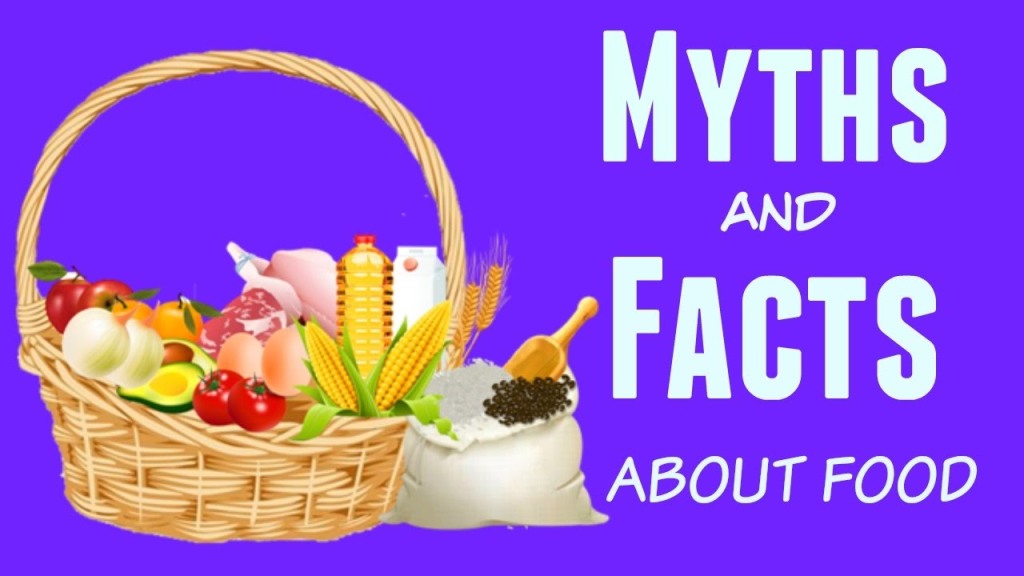1.Myth: Grain products such as bread, pasta, and rice are fattening. You should avoid them when trying to lose weight.
Fact: Grains themselves aren’t necessarily fattening—or unhealthy–although substituting whole grains for refined-grain products is healthier and may help you feel fuller. At least half of the grains you eat should be whole grains.
TIP: Try to replace refined or white bread with whole-wheat bread and refined pasta with whole-wheat pasta. Or add whole grains to mixed dishes, such as brown instead of white rice to stir fry
2.Myth: To lose weight, you have to give up all your favorite foods.
Fact: You don’t have to give up all your favorite foods when you’re trying to lose weight. Small amounts of your favorite high-calorie foods may be part of your weight-loss plan. Just remember to keep track of the total calories you take in. To lose weight, you must burn more calories than you take in through food and beverages.
TIP: Limiting foods that are high in calories may help you lose weight. The Dietary Guidelines for Americans 2015-2020 External link have estimated daily calorie needs based on a person’s age, sex, and physical activity level.
3.Myth: You should avoid all fats if you’re trying to be healthy or lose weight.
Fact: You do not have to avoid all fats if you’re trying to improve your health or lose weight. Fat provides essential nutrients and should be an important part of a healthy eating plan. But because fats have more calories per gram than protein or carbohydrates, or “carbs,” you need to limit fats to avoid extra calories. If you are trying to lose weight, consider eating small amounts of food with healthy fats, such as avocados, olives, or nuts. You also could replace whole-fat cheese or milk with lower-fat versions.
TIP: consuming less than 10 percent of your daily calories from saturated fats. Try cutting back on solid-fat foods. Use olive oil instead of butter in cooking.
4.Myth: Dairy products are fattening and unhealthy.
Fact: Dairy products are an important food group because they have protein your body needs to build muscles and help organs work well, and calcium to strengthen bones. Most dairy products, such as milk and some yogurts, have added vitamin D to help your body use calcium, since many Americans don’t get enough of these nutrients. Dairy products made from fat-free or low-fat milk have fewer calories than dairy products made from whole milk.
TIP: Adults should have 3 servings a day of fat-free or low-fat dairy products, including milk or milk products such as yogurt and cheese, or fortified soy beverages, as part of a healthy eating plan.
5.Myth: Choosing foods that are gluten-free will help you eat healthier.
Fact: Gluten-free foods are not healthier if you don’t have celiac disease or are not sensitive to gluten. Gluten is a protein found in wheat, barley, and rye grains. A health care professional is likely to prescribe a gluten-free eating plan to treat people who have celiac disease or are sensitive to gluten. If you don’t have these health problems but avoid gluten anyway, you may not get the vitamins, fiber, and minerals you need. A gluten-free diet is not a weight-loss diet and is not intended to help you lose weight.
TIP: Before you decide to avoid a whole food group, talk with your health care professional if you believe you have problems after you consume foods or drinks with wheat, barley, or rye.


You must be logged in to post a comment.